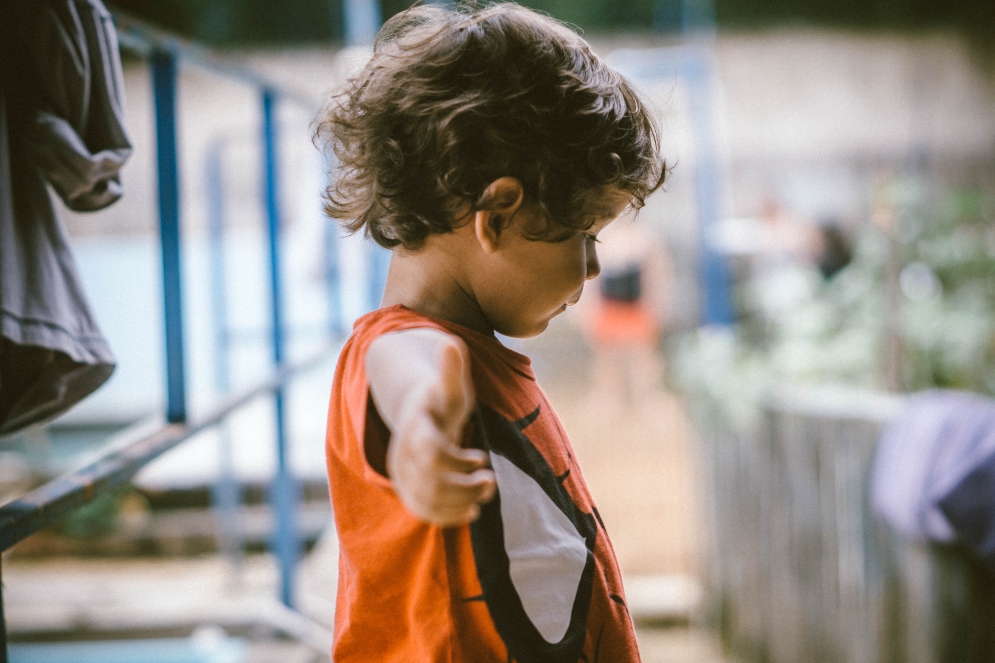At the Sunflower Network we aim to make the process of finding a therapist clearer and easier for everyone.
Some words you are likely to see when searching for a therapist are ‘Integrative’ (which means the professional is trained in multiple approaches, so that they can tailor the way they work to their client’s needs) and ‘Relational’ (which means the professional puts an emphasis on creating good quality therapeutic relationships with their clients, so that they feel comfortable and safe to engage and express their true selves).
It might be helpful to know that research has highlighted how the effectiveness of a psychological intervention is not simply down to the specific type of therapy, but more so how the therapist is as a person and the quality of the Therapeutic Relationships they can form with their clients.
Below is the Sunflower guide to the different types of psychological therapy for children and young people’s mental health support. There are currently no laws around who can practice as a therapist in the UK, so it is very important to check the training, qualifications and registration to a professional body (recognised by the Professional Standards Authority (PSA) for healthcare regulation) of the therapist you are enquiring with, to ensure they are competent and practising safely and ethically. For more information about the rigorous application process that therapists must complete to be registered with the Sunflower Network, please click here.
If you are concerned about a child or young person’s mental health and emotional wellbeing as a parent or carer it is worth discussing these concerns with your GP as a first point of call. You might want to seek the services of a private child and adolescent mental health professional, or seek a referral to CAMHS depending on the presenting needs. It may be that an assessment is needed to build a full picture of a child’s needs in liaison with their school, especially if there are suspected learning or neurodevelopmental needs.
If the child or young person is in immediate danger of significant harm to themselves due to their mental health it is advisable in the first instance to take them to A&E.
____________________________________________
Art & Creative Therapies
Many psychological therapists who specialise in working with children and young people will work using various mediums of expression, as well as working verbally. This is because children and young people (and sometimes adults too) may find it easier and more engaging to express themselves through creativity rather than talking alone. With young children it is also likely that they do not yet have the cognitive ability to associate words to their complex emotional experiences, therefore using arts and creativity may be more of a natural form of communication for them.
It is important to note that children and young people are not required to have any certain level of creative or artistic abilities to engage in creative and art therapies.
Listed below are the various forms of creative and arts therapies, and links to their associated, professional organisations where you can gain further insight into each one of them.
Play Therapy
- Play Therapy – The British Association of Play Therapists (bapt.info)
- What Is Play Therapy? – Play Therapy UK
Art Therapy
Dramatherapy
Music Therapy
Dance and Movement Therapy
___________________________________________
Cognitive Behavioural Therapy (CBT)
Cognitive Behavioural Therapy focuses upon the client’s unhelpful or negative thoughts and behaviours and uses a structured process to identify and modify them into more positive ones.
When working with children and young people, CBT therapists are likely to integrate the use of creativity and arts to support the client’s engagement and expression.
_____________________________________________
Comprehensive Behavioural Intervention for Tics (CBiT)
Comprehensive Behavioural Intervention for Tics (CBiT) is a form of occupational and behaviour therapy practice to support the management of involuntary tics. CBiT’s main component involves using competing responses (movements or positions) to the tics whilst counting breaths.
Cyber / Online Therapy
Cyber or Online Therapy is where the therapist has adapted their way of working so as to be able to meet with clients via the internet. Cyber or Online therapists will offer various ways of working online and this can be discussed during initial contact.
To read an article about cyber therapy, written by one of our members, please click here.
What do I need to know when looking for online therapy? – acto-org.uk
_____________________________________________
Dyadic-Developmental Psychotherapy (DDP)
In DDP the focus is upon building the child’s relationship with their parents (where ‘dyad’ refers to a parent and child together). DDP is often used with children who have early experiences of abuse and who have been adopted or placed in foster care.
The DDP therapist supports exploration of all areas of the child’s life including safety, trauma, past and present. The therapist interacts with the child and parent using the PACE model which stands for Playfulness, Acceptance, Curiosity and Empathy.
Dyadic Developmental Psychotherapy – DDP Network
_____________________________________________
Eye Movement Desensitisation and Reprocessing (EMDR)
Best known for treating post-traumatic stress disorder (PTSD), EMDR therapy supports the reprocessing of, and desensitisation to traumatic events using visual, auditory and touch senses.
When working with children and young people, EMDR therapists are likely to integrate the use of creativity and arts to support the client’s engagement and expression.
EMDR: The basics – EMDR Association UK – Overcoming trauma with expert help
_____________________________________________
Family / Systemic Therapy
Family or Systemic Therapy explores the whole family system, how different factors have affected that system and what resources are available to support the system. Because of this, family or systemic therapy can involve children and young people alone or with other family members. The aim is for members to gain further understanding of each other, to develop stronger communication skills and improved well-being.
____________________________________________
Mindfulness
Mindfulness is a practice, similar to meditation, which aims to connect us with the present moment and ‘train’ our minds to be more grounded and focussed, as opposed to getting lost in various thought processes.
Therapists may use Mindfulness to complement their therapeutic approach and more recently Mindfulness is being taught in schools.
_____________________________________________
Psychodynamic / Psychoanalytic Psychotherapy
Psychodynamic and Psychoanalytic Psychotherapy have differing focuses but both explore the client’s past, and resulting unconscious motivations and impulses, and how these influence their current feelings and behaviours.
When working with children and young people, Psychodynamic or Psychoanalytic therapists are likely to integrate the use of creativity and arts to support the client’s engagement and expression.
Homepage – British Psychoanalytic Council (bpc.org.uk)
_____________________________________________
Therapeutic Breathwork
Therapeutic Breathwork focusses upon the regulation of the nervous system and emotions using breathing exercises. Therapists may use breathwork to complement their therapeutic approach, or breathwork may be delivered in group sessions, for example in schools.
About Transformational Breath® – The Transformational Breath Foundation UK
_____________________________________________
Therapeutic Life Story Work
Therapeutic Life Story Work
Therapeutic Life Story Work aims to bring clarity and ownership to the client’s early life experiences. Therefore this approach is suited to children who have complicated or fragmented early life experiences and is often used with children who have been adopted or are in care.
About TLSWi – Therapeutic Life Story Work International (TLSWi)
_____________________________________________
Theraplay
Theraplay focuses upon the child and parent or family relationships, and uses fun, playful games and nurturing activities to strengthen the connection between them. In this way, Theraplay develops a positive view of the self as worthy and loveable, and a changed view that relationships can be fun and a source of well-being.
What is Theraplay? – Theraplay
_____________________________________________






